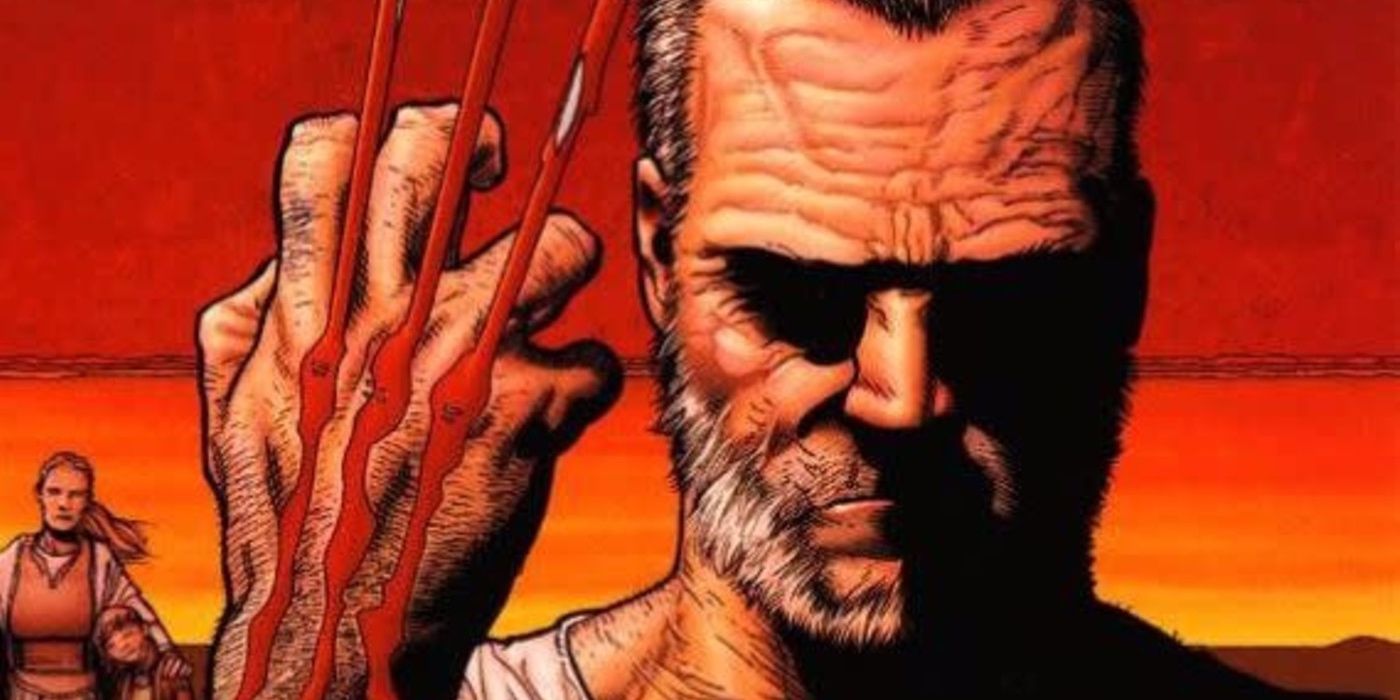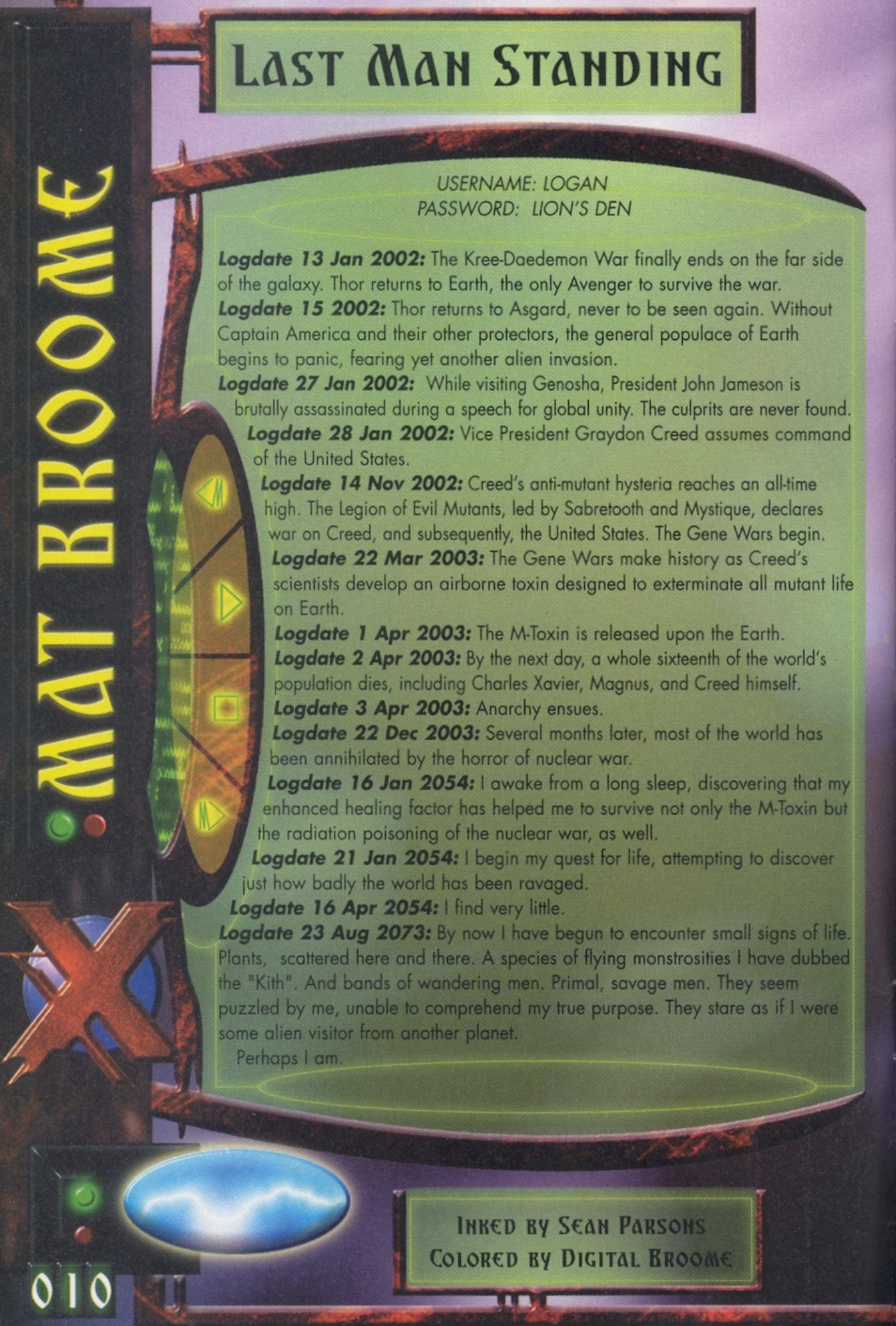Due to his impressive healing factor, Wolverine can quickly recover from any attack no matter how severe his injury is, plus he has an unnaturally long lifespan which allows him to practically live forever, even through post-apocalyptic events such as that in Old Man Logan. While being unable to die seemed like a curse for Logan on the pages of that particular storyline given the grim reality he was forced to endure, his first experience living in a futuristic wasteland made his life in Old Man Logan seem preferable as it turned his healing factor into an absolute nightmare.
Wolverine: Old Man Logan by Mark Miller, Steve McNiven, and Dexter Vines takes place in a world where Marvel’s villains have defeated every superhero on the planet and claimed the world as theirs. With Red Skull acting as ‘president’ over the United States territory, the country was broken up into factions ruled over by a number of powerful villains, with the rest of the world falling into a similar power structure. Logan lives in a territory ruled by the Hulk after Bruce Banner lost his mind and turned into a sadistic, cannibalistic monster. Throughout the story, Wolverine is able to defeat some of the villains who were responsible for turning the world into a wasteland, but he was powerless to stop the Hulk from killing his entire family–turning his already miserable existence into an eternal hellscape.
The X-Men: Millennial Visions #1 short story “Last Man Standing” by Matt Broome details a chain of events similar to that of Old Man Logan, though much more catastrophic. After every Avenger, aside from Thor, dies in a war on the other side of the galaxy dubbed the Kree-Daedemon War, Thor leaves Earth altogether and returns to Asgard, never to be seen again. In a world without superheroes, anti-mutant extremists rise to power, including known hate-monger Graydon Creed who becomes President. Under his leadership, the United States is thrown into an era of anti-mutant hysteria which sparks immediate retaliation from mutant extremist groups such as the Brotherhood of Mutants–a chain of events that sparks the Gene Wars. To defeat the mutants and win the war for humanity, a team of scientists under the directive of President Creed are successful in creating a toxin that would eliminate every mutant exposed to it, a poison known as the M-Toxin. Once the M-Toxin is released upon the Earth, mutants become all but extinct and the world is thrown into chaos, leading to a nuclear holocaust that annihilates nearly every living thing on the planet, mutant or otherwise.
In this storyline, the end of the world took place December 22, 2003, but the mass extinction didn’t affect everyone on the planet. Just over fifty years later on January 16, 2054, Wolverine wakes up in a post-apocalyptic world with nothing around him but death and destruction. Wolverine’s healing factor kept him safe from both the M-Toxin and the radiation from nuclear fallout. The world Wolverine awoke to was completely void of life as he doesn’t see any sign of another living creature until the year 2073, but the life he finds is more grizzly than death as a new species of flying mutated monstrosities he named the Kith is created from the radiation. This ultimately proves that Logan's fate is extremely bleak and utterly harsh.
While the world of Old Man Logan is grim, Wolverine is still able to find some semblance of happiness with his newfound family–at least for a little while–and society as a whole still has potential to rebuild and become a world worth living in once again. The future Logan is forced to endure in “Last Man Standing,” however, is void of all hope as the world had truly descended into a living hell, and Wolverine’s healing factor forced him to experience all of it forever.


